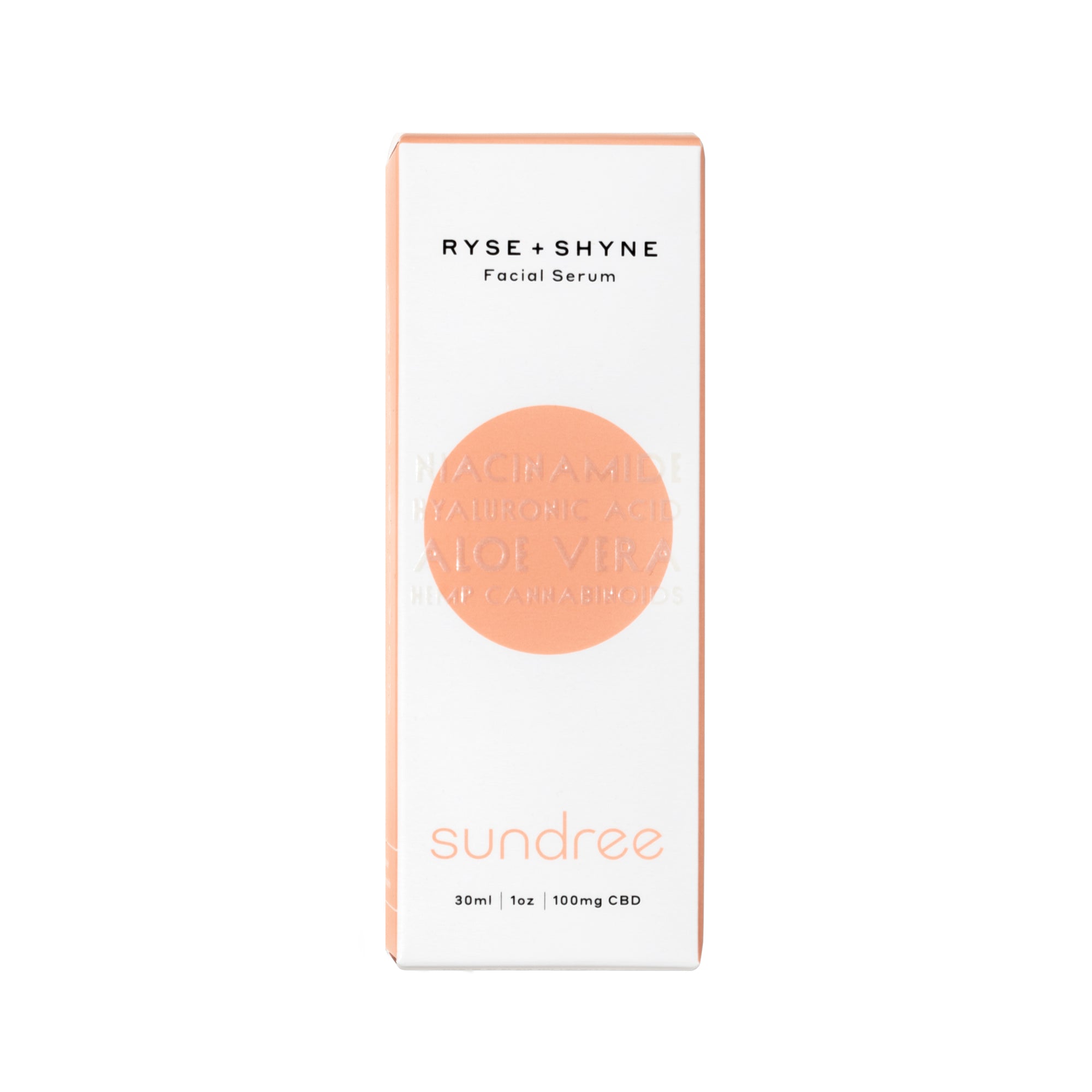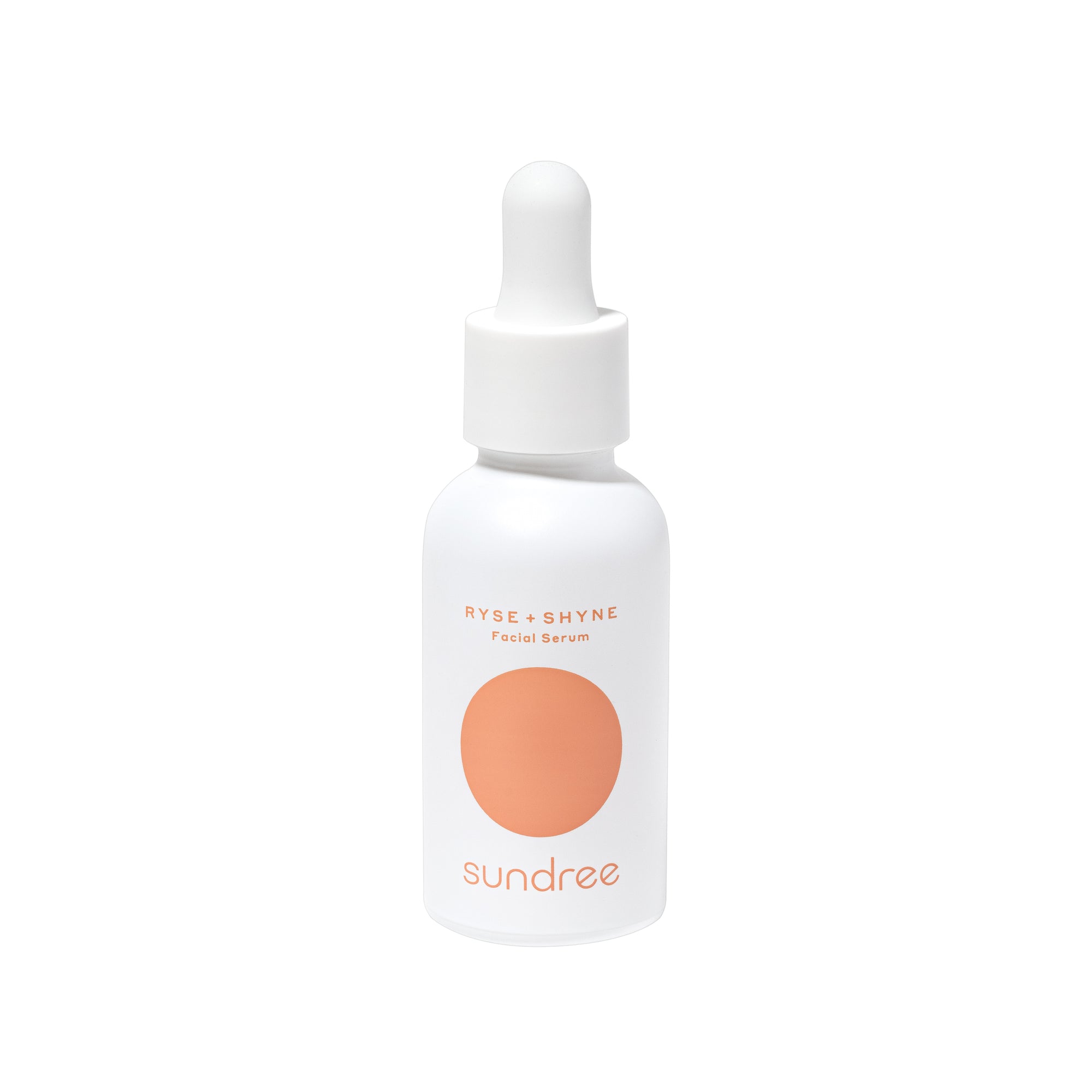Are you in the quest for a smooth, clear, youthful, and glowing complexion? Well, let’s be honest, who isn’t? However, attaining the skin you desire isn’t as easy as it may sound. First, you need to make sure you use the right skincare ingredients for your skin. When we talk about skincare ingredients, acids are among the multitasking heroes of the beauty and skincare world. Acids works well for many skin problems, from treating dehydration and dull complexion to acne breakouts and hyperpigmentation.
Lactic acid is one of the widely raved about ingredients in the skincare market. This potent acid offers many skin benefits that improve the skin's health and appearance. Let’s dive deeper into what lactic acid is, how it works, what its benefits are for the skin, and how to add them to your skincare regimen!
What is Lactic Acid?
It is an exfoliant that belongs to the Alpha Hydroxy Acid or AHA family, like mandelic acid, citric acid, and glycolic acid. Lactic acid is procured through the fermentation of lactose, which is a carbohydrate naturally found in milk. Although the popularity of lactic acid has increased rapidly over the last few years, its use for skincare purposes isn’t new. The history of its use in skincare dates back to ancient Egypt. It’s believed that Cleopatra used lactic acid in the form of sour milk for bathing to maintain her glowing and youthful appearance.
Today, lactic acid is isolated from various vegan sources, such as beetroots, sugar-filled foods, dairy products, and fermented corn starch. It’s also synthesized synthetically for use in skincare formulations.
How Does Lactic Acid Work on the Skin?
Like other AHAs, lactic acid is also a water-soluble compound, which gets dissolved in water and is easily absorbed into the skin. Water-soluble ingredients work better on the skin as they can work at a deeper level. Like other chemical exfoliators, lactic acid mainly works by accelerating the cell turnover rate, which yields numerous skin benefits. Furthermore, it also acts as a moisturizing agent to restore and retain moisture in the skin.
Lactic acid is known for its gentler composition than other AHAs due to its slightly larger molecules. This means that it’s less likely to cause irritation or allergic reaction, especially if you have sensitive and inflamed skin.
Skin Care Benefits of Lactic Acid
Below are a few benefits of adding lactic acid skincare products to your regular skincare routine:
- Sloughs off Dead Skin - The most prominent factor that gives lactic acid most of its skin benefits is its exfoliating effect. It works deeply to slough away the outer, dead, and dull layer of the skin. When applied topically, lactic acid breaks down the glue-like proteins between the cells, which hold the cells together. The protein breakdown leads to an upsurge in cell turnover, which results in the removal of dead and dull skin cells from the epidermal layer of the skin. As an outcome, you’ll notice a visibly softer, smoother, and brighter complexion.
- Minimizes Wrinkles - The exfoliating effect contributes to most of the benefits associated with lactic acid, including fine lines and wrinkles. Lactic acid possesses powerful anti-aging properties, which come from its ability to speed up the cell renewal process, which leads to improved production of collagen and ceramides in the skin.¹ These components are essential for reducing and preventing wrinkles and fine lines, keeping the skin smooth, plump, and radiant.
- Fades Dark Spots - Among the various benefits of lactic acid, reducing hyperpigmentation is another one. Lactic acid helps reduce the appearance of superficial age spots, acne scars, and sunspots. It also fades melasma through its peeling effect. The regular use of lactic acid skincare products continuously removes the top layer, revealing even-toned and fresher skin underneath. To utilize the pigment-reducing properties of lactic acid, use it consistently.
- Fights Acne - We know that different impurities accumulate into our pores daily, including dirt, bacteria, oil, and other toxins. These contaminants can lead to inflammation and acne breakouts if not removed from the pores properly. Lactic acid helps remove the outer layer of the skin, and it also unclogs the pores by eliminating all the gunk lying in them. The regular use of topical lactic acid has been seen to reduce the likelihood of acne breakouts.
- Hydrates the Skin - Lactic acid is one of the most hydrating alpha hydroxy acids, thanks to its humectant properties. As a humectant, lactic acid attracts water from the environment and locks it into the skin. Simply put, it works like a sponge that soaks water molecules from its surroundings. Lactic acid is also helpful in improving the skin’s ability to preserve water by making the skin’s lipid barrier healthier and stronger. The humectant feature of lactic acid makes it great for dry, sensitive, and easily irritable skin.
- Supports the Lipid Barrier - As mentioned earlier, lactic acid stimulates cell regeneration and renewal along with restoring and retaining moisture, which encourages healthier lipids in the skin. Lipids are ceramides or fats that maintain the lipid barrier's health and integrity.² A boost in the production of ceramides leads to a more robust skin barrier. The skin barrier functions to keep the harmful stuff out and the good stuff in. Hence, a healthier lipid barrier will prevent water from escaping the skin's surface and prevent harmful external elements from entering the skin. In addition, the defensive action of the lipid barrier also aids in preventing the loss of firmness in the skin.
- Enhances Product Absorption - The dull, dead, and dry skin cells on the outer layer of the skin can block the pores and prevent nutrients from your skincare products from entering the skin. This results in reduced effectiveness of the products. Lactic acid can help improve the absorption of skincare ingredients by removing dead skin cells from the skin's surface. A higher supply of nutrients means healthier and suppler skin. So, if you want to achieve faster and better results out of your skincare products, make lactic acid a part of your skincare routine.
- Suitable for Everyone - Since lactic acid is a gentle member of the AHA family due to its larger molecular size, it doesn’t enter the skin as deeply as other AHAs with smaller molecules. Thus the larger molecule size makes it less irritating or aggravating to the skin. This property is particularly effective for those who have inflamed, irritable, sensitive, or dry skin. Moreover, it’s the best option for those starting their journey to AHAs. Lactic acid products with lower concentrations can help develop tolerance in the skin so that you can move on to an AHA product with other acids or a higher concentration of lactic acid.

Sundree's RYSE+SHYNE hydrating facial serum is a lightweight serum that includes beauty-boosting ingredients; hyaluronic acid, niacinamide, aloe, and lactic acid to moisturize, reduce signs of hyperpigmentation, and repair the skin barrier to achieve that beautiful, supple skin.
How to Start Using Lactic Acid
Now that we have seen what lactic acid is and why our skin needs it, let’s talk about how to safely add it to your skincare routine.
- Before applying a lactic acid, or any skincare product for that matter, make sure to do a patch test. Apply the product under your chin or on the inside of your elbow and see how your skin reacts.
- It’s recommended to start with a formula containing a low concentration of lactic acid, preferably around 5% or less than 10%. When your skin gets used to it and develops tolerance, you can increase the lactic acid concentration according to your skin’s response.
- Choose a product with lactic acid to incorporate into your skincare regimen. Depending on your skin type and needs, you can choose from cleansers, lotions, creams, masks, and serums. Serums are the most potent, with active lactic acid in them.
- Don’t mix your lactic acid product with any other products containing acids because it can make your skin prone to dryness and irritation. Also, avoid using harsh scrubs while using lactic acid.
- Follow your lactic acid formula with a moisturizer to keep your exfoliated skin amply moisturized.
- Like other acids, lactic acid can also make your skin more susceptible to damage by UV rays, so it’s safer to use it at night, and do not forget to apply sunscreen in the morning.
Conclusion
Acids are one of the most talked-about and versatile skincare ingredients known for their uncountable skin benefits. Lactic acid is one of the commonly found AHAs in skincare products.³ But, like all other acids, lactic acid also works by gently removing dead skin, accelerating collagen synthesis, fighting acne, soothing inflammation, hydrating the skin, and strengthening the skin’s lipid barrier. If you’re struggling to treat wrinkles, discoloration, acne, fine lines, or rough skin, lactic acid can be your rescuer. So, add good-quality skincare products with an active form of lactic acid to reap its amazing skin benefits.
Citations:
- Refinery29. (2020). ‘Break It Down: Collagen’, Refinery29.com, Accessed February 3, 2022. Available at: https://www.refinery29.com/en-gb/2017/04/149619/collagen-what-is-it
- Sachdev, Poonam. (2021). ‘What to Know About Ceramides for Skin’, WebMD, Accessed February 4, 2022. Available at: https://www.webmd.com/beauty/what-to-know-about-ceramides-for-skin
- Cherney, Kristeen. (2019). ‘AHA vs. BHA: What’s the Difference?’, Healthline, Accessed February 4, 2022. Available at: https://www.healthline.com/health/aha-vs-bha













